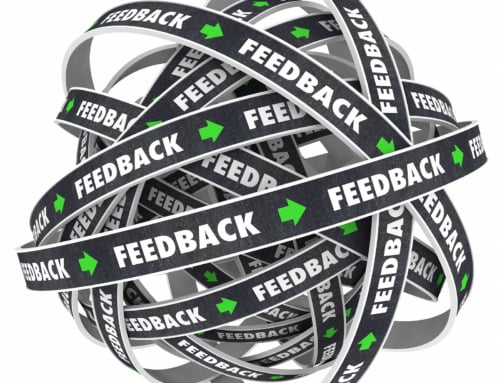How much money do marketing agencies make? Learning how to move your advertising agency to value based pricing means you’ll need to talk a little differently to both your internal staff and your clients. It’s going to take some effort and time to make the shift. Earlier I talked about why value pricing should matter to agencies and how you can help clients understand the value of it.
Agencies that have made the leap offer these words of advice:
- It’s easier to move prospects and new clients to value pricing, so start there.
- Once you help clients understand how it works to their advantage, they’ll be ready to try it.
- Be prepared – you will undervalue yourself in the beginning. You’ll get better at it.
- Not only is it better externally, but your staff will get a boost from being paid what their work is worth, rather than an hourly rate.
- It begins to change the way clients view the agency.
- It takes us out of the procurement realm and makes us more of a consultant/partner.
- This takes time. It took us over two years to completely make the shift. But it was worth the effort.
Use your value based pricing position as a way to sell against other agencies. Create a page on your website or in your RFP deck that explains why hourly pricing is to the client’s disadvantage. (see my blog post from earlier this week for some of the reasons). Explain that you decided to move your advertising agency to value pricing because of these disadvantages.
With new clients — simply change the way you price projects or programs. Rather than breaking down the project by job functions or number of hours — you simply give them a single price. The brochure will be $10,000. Or the website will be $22,000. The key to making sure you don’t lose your shirt? A very carefully defined scope of work document that goes along with the price/project authorization.
With existing clients, choose a date for the changeover. Meet with your clients and explain to them how value based pricing is going to be to their advantage. Show them the new project authorization forms and help them understand how they’re going to be the ones to set the budget parameters. (You’ll be the one that tells them what you can do for the budget they set).
Time Management and How it Helps Determine the Money Agencies Make
One controversial area in this discussion is the issue of time sheets. Ron Baker takes the purist’s position and says you don’t need time sheets. As an agency owner of 20 years and as AMR’s leader, speaking to hundreds of agency owners every year — I say you definitely want to keep time sheets. Not for pricing. But for staff utilization questions.
Another thing to keep in mind is that every client won’t value projects in the same way. To help clients get into the right mindset, you might build a conversation around these questions, originally suggested by Tim Williams on his blog.
- How does your brand/company make money?
- What is the profit model for your brand/company?
- Based on your profit model, which of our offerings do you most value?
- What specific results do you hope our services will help you achieve?
- What have you identified as the drivers of success for your brand?
- How do you measure success today with your agency?
- Ideally, how would you like to measure success?
- If price were not an issue, what role would you want us to play in your business?
- What are the service standards you would like for us to provide you?
- What resources can we expect your organization to devote?
You need to enter into this value based pricing transition with the understanding that it’s going to be gradual and you’re going to make some mistakes. But in no time at all, you’re going to be amazed at the difference in your bottom line and in how clients view you and the agency.
Learn More About Agency Money Management
If you’re looking for even more guidance on ‘how much money do marketing agencies make?’, sign up for our Money Matters workshop. If you’re already an AMI member – register for our money matters workshop with your discount here.
Not a member? Learn more here.






